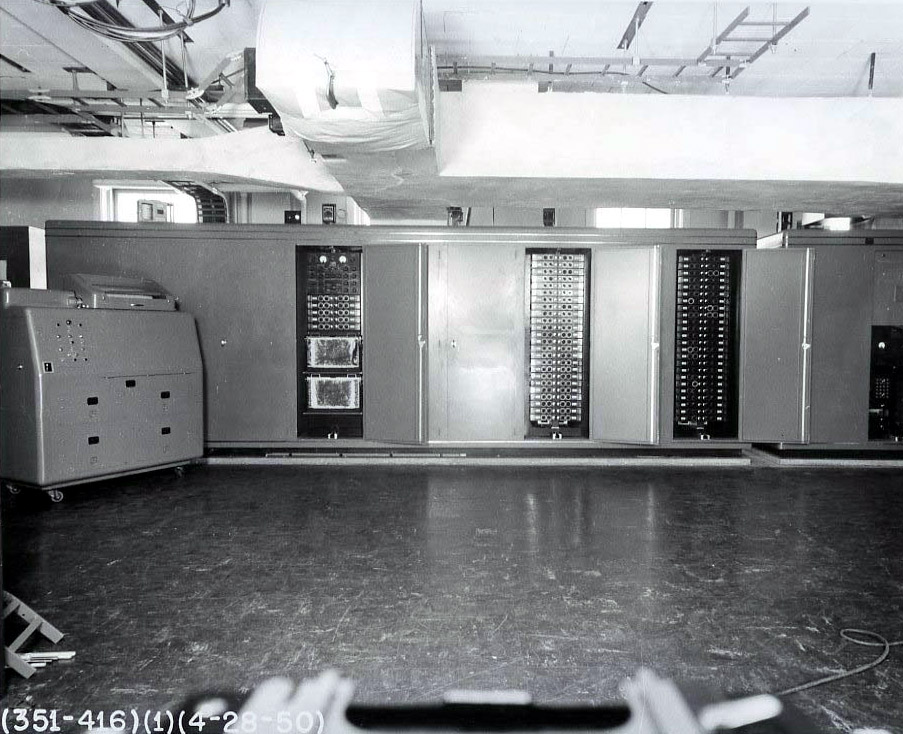Engineering Research Associates, commonly known as ERA, was a
pioneering computer firm from the 1950s. They became famous for
their numerical computers, but as the market expanded they
became better known for their drum memory systems. They were
eventually purchased by Remington Rand and merged into their
UNIVAC department. Many of the company founders later left to
form Control Data Corporation.
The ERA team started as a group of scientists and
engineers working for the US Navy during WWII on code-breaking,
a division known as the Communications Supplementary Activity -
Washington (CSAW). After the war budgets were cut for most
military projects, including CSAW. Joseph Wenger of the Navy's
cryptoanalytic group was particularly worried that the CSAW team
would spread to various companies and the Navy would lose their
ability to quickly design new machines.
By the late 1970s, a number of Rand employees purchased
the ERA name and started a small government contracting firm. In
1989, the "new" ERA became a wholly owned subsidiary of
E-Systems. In 1995, it was merged into the Melpar division of
its parent and the name once again disappeared.
